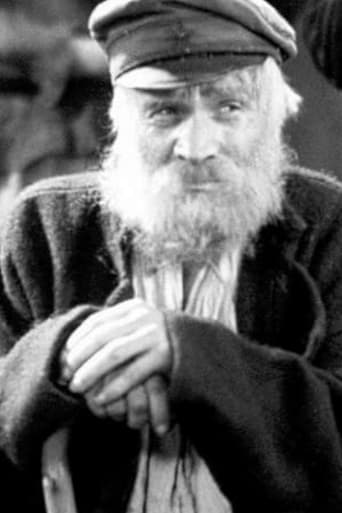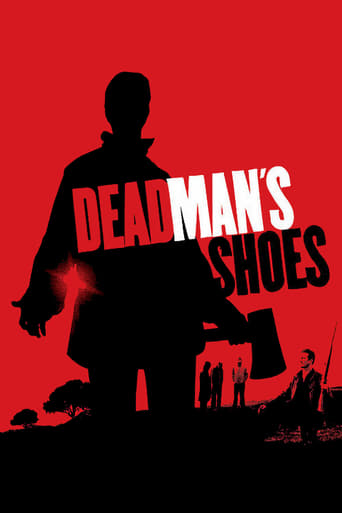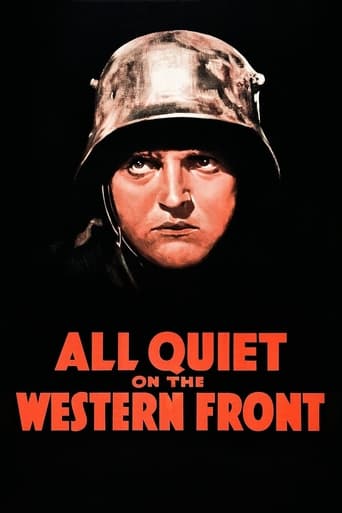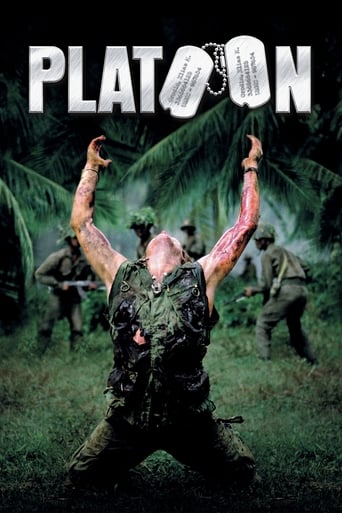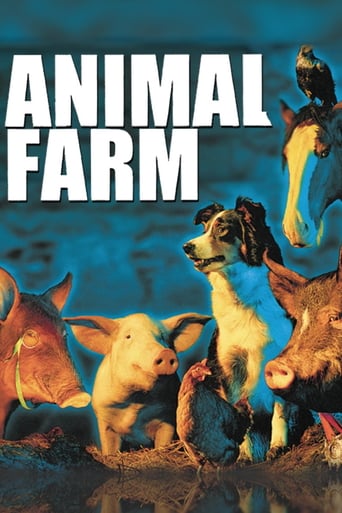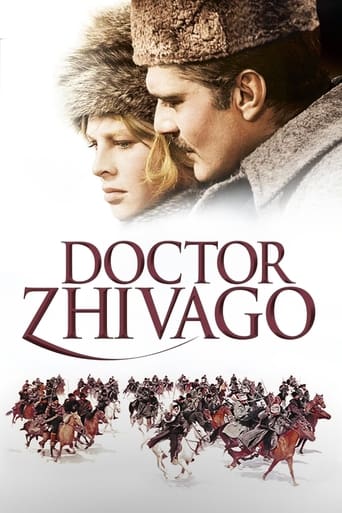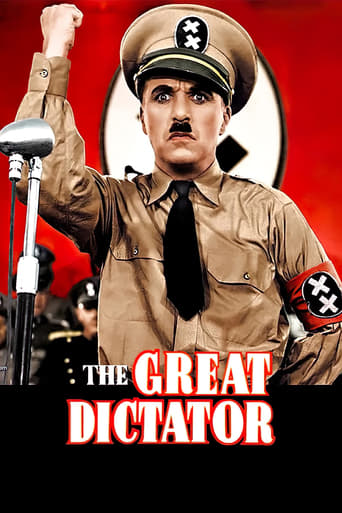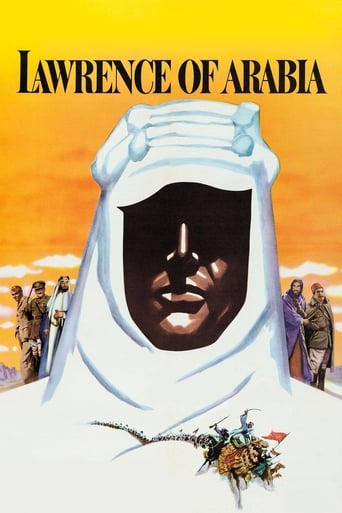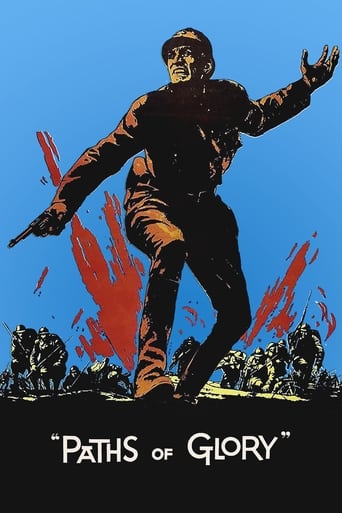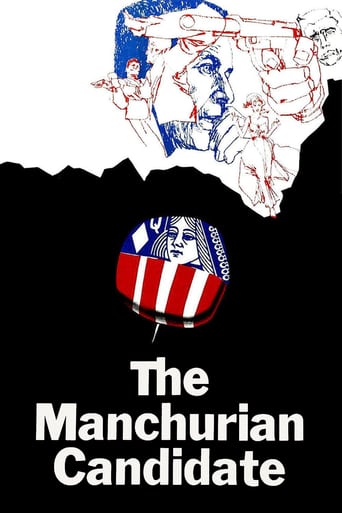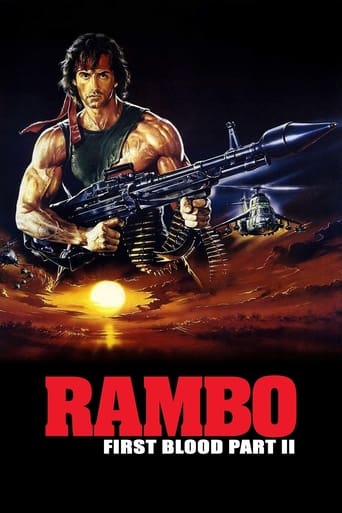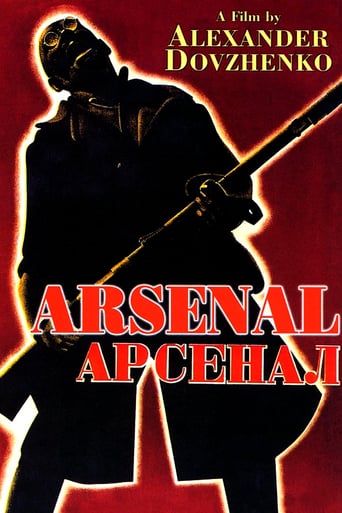
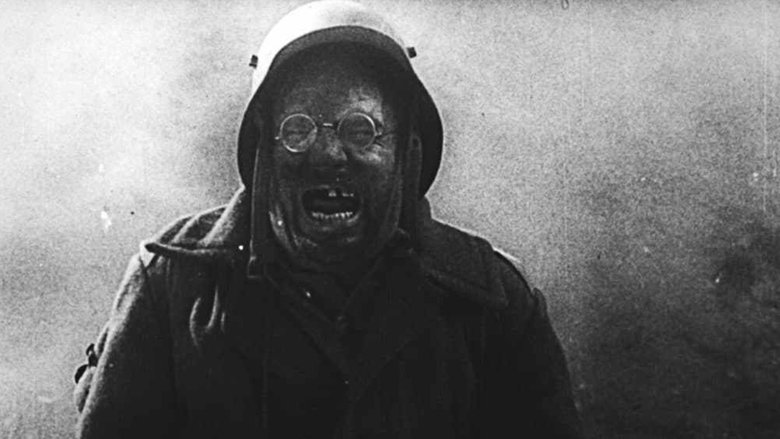
Arsenal (1929)
A soldier returns to Kyiv after surviving a train crash and encounters clashes between nationalists and collectivists.
Watch Trailer
Cast


Similar titles
Reviews
Don't be discouraged by this Soviet film's age or obscurity - it is one of the finest movies ever made, and it stands alongside Carl Theodore Dreyer's "The Passion of Joan of Arc," as the most modernist film of the 1920's. This is a spectacular visual achievement, and its visionary conception of cinema is moderinism that we've still failed to catch up with. Unlike most recognized masterpieces of Soviet silent cinema (e.g. "The Battleship Potempkin," "Earth," "The End of St. Petersburg," etc.), however, "Arsenal" is a surprisingly approachable film, and its strangeness and abstraction are consistently fascinating. Originally intended as a propaganda film, "Arsenal" is the second component of director Alexander Dovzhenko's "Ukraine Trilogy," and it details an episode in the Russian Civil War (~1918) in which the Kiev Arsenal workers aided the Bolshevik army against the ruling Central Rada. Dovzhenko's approach is somewhat similar to Sergei Eisentein, in that he relied heavily on montage, but his pace was less frenetic, and his Expressionism was more exaggerated. As detailed in the film's academic commentary, Dovzhenko was previously a political cartoonist, and you can see traces of this background in "Arsenal." The characters in this film are caricatures, sometimes grotesque and sometimes funny. Similarly, there is a strangeness and remoteness in "Arsenal," which makes the film's few intentionally lucid passages quite dreamlike. The DVD commentary is concise and informative, and a terrific primer for the first time viewing. If you have any interest in silent cinema, modernism, or film as art, "Arsenal" is a film you SHOULD NOT MISS. ---|--- Was this review helpful?
While often a bit obscure, this Dovzhenko classic is also filled with interesting and often thought-provoking images and themes. "Arsenal", as with his better-known feature "Earth", defies easy description. "Earth" is probably the more artistic of the two, but "Arsenal" is more complex, and it might also be a little closer - at least in places - to a conventional narrative.The first ten minutes or so of "Arsenal" are quite abstract, with a succession of mini-montages depicting a variety of subjects. It would be hard, and perhaps inadvisable, to assign a specific meaning to all of the symbols, but they are clearly meant to convey some general ideas that apply to the story that follows, which is set in the Ukraine as World War I (or the Great War) is coming to an end.The war sequences might be the most memorable part of the movie, and the chilling "laughing gas" sequence is a more compelling comment on war than are the great majority of complicated carnage-filled scenes in other movies.The main story starts with the demobilization, and it is clearly influenced by Dovzhenko's own perspective. He does his very best to resolve two seemingly contradictory priorities, with his devotion to the Ukrainian people and his support for the Soviet state. He uses all his skills, with interesting montages and other techniques, including some creative camera angles that would even have impressed Orson Welles.As politics, not all of it is convincing by any means, but as cinema, it is quite interesting, and at times it provides good food for thought. The specific issues considered in the film may be limited to their own time and place, but in asking what is best for his people, Dovzhenko also raises some broader issues that allow the movie to retain some relevance in later eras as well.
Arsenal seems to be a direct challenge to idea that films are intended to be digested in one sitting. Apparently even Sergei Eisenstein had a tough time making sense of the narrative of some of Dovzhenko's work. Arsenal's narrative only emerges if you concentrate on what you've seeing - comprehending and reassembling the puzzle of the images and movements that Dovzhenko has arranged to create causal and symbolic associations. Dovzhenko's camera is like the eye of God, taking in a half dozen settings, all of them connected though disparate in space and time. Dovzhenko also is perfectly comfortable inserting the fantastic (a talking horse or a faith in communism that deflects bullets) into his retelling of a historical event. I watched the film several times before the plot was clear to me. I'd recommend this film to anyone who wants to see a whole different approach to story telling. There are many great images and some of the acting is very good (the way Semyon Svashenko glances with disgust at one of the Ukrainian nationalists and slowly reaches out to touch his ribbon, feeling it's lightness, is an example), but there is no easy way of getting past Dovzhenko's style. You have to want to figure out this film. Dovzhenko's narrative technique is as unique as Robert Altman or Tsai Ming-Liang.
1st watched 3/23/2002 - 5 out of 10(Dir-Alexander Dovzhenko): As heartfelt and sincere as this movie is it was hard to understand as a silent movie without a screenplay in hand. I guess that's how I am able to judge this film. I realize that it is a breakthrough find and wonderful restoration of a monumental film about the Russian revolution but this doesn't make it a good movie in narrative. There is some wonderful imagery and ideas represented about non-violence that the filmmaker displays but again this doesnt' make a wonderful movie. Probably a good movie for the collector and possibly historian, but not necessarily for the film movie fan.



